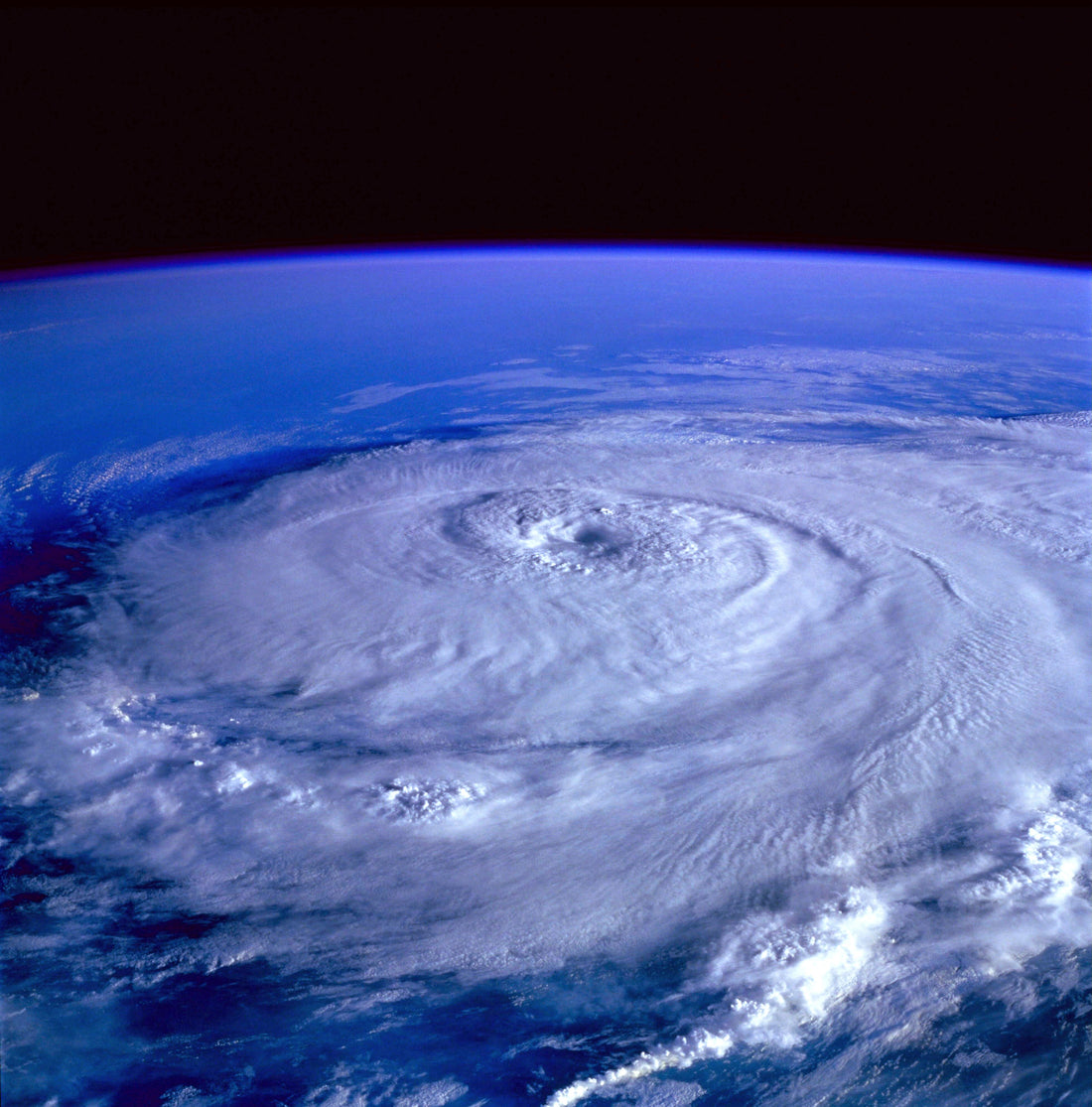You’ve seen it on the news — every year, hurricane season seems to get worse and worse. These storms bring heavy winds and rain, creating huge floods, wind damage and more. Storm surges can travel for miles inland from the coast, wreaking havoc on anything in its path.
When a hurricane hits, how can you protect your home?
Before the Hurricane
The Boy Scouts had it right — be prepared. Have a disaster preparedness kit and adequate supplies, including non-perishable food, water, flashlight, a first aid kit, a radio and extra batteries. While a three-day supply of water (one gallon per person per day) and food is recommended, having up to two weeks’ worth of supplies would be prudent, especially in areas where it can be difficult to get supplies easily shipped in. It’s also a good idea to have multi-purpose supplies, like duct tape, at the ready. In case your first aid kit falls short, the tape can assist in securing gauze, making a makeshift tourniquet, keeping a wound dry and more. Check with your local authorities and emergency preparedness organizations for other recommendations.
If you know your home could be vulnerable to a hurricane, take the time to protect your home. Protect your windows with permanent shutters, if you can. Note that taping windows can be dangerous and is ineffective; this should not be done. The tape will hold together any shards from shattering glass, resulting in larger, more dangerous pieces of glass potentially blowing inside. If you don’t have shutters, plywood is a decent substitute. The preparation should be done well in advance, with panels being pre-measured and pre-drilled for mounting. You never know when you’ll need to put them up, so it’s best to have them ready to go.
As you’re checking your home, make sure that all potential areas of entry for water are as secure as possible. If there’s a hole in your vinyl siding, duct tape can help temporarily to patch the tear. If you’re missing a wood shingle, measure and cut out a piece of plywood, then wrap it in duct tape before fitting it in. As these are both temporary measures, a proper repair should be done if time allows.
During the Hurricane
Duct tape is a valuable tool to help protect your home. Seal gaps and small cracks if possible to stop as much water as possible from entering your home. Make sure that when applying the tape, the surface is as dry as possible. This helps maximize the adhesive’s effectiveness.
In extreme situations, duct tape can also be used to help seal a room. When you cannot leave your building, a shelter-in-place can be made out of plastic sheeting and duct tape. Seal windows, doors and air vents by taping plastic sheeting over them. Tape down the corners first, and then all around the edges, to make sure that no spot is missed.
This type of protection is best for when there are potential contaminants in the air. Stay tuned as best you can to news and emergency alerts to hear if there are any airborne hazards to be concerned about. If you need to make a shelter-in-place, choose an interior room with as few windows as possible. As the priority is to create a barrier between yourself and any potential contamination, do as much as possible to stay away from the air.
If you could see yourself needing to create a shelter, pre-measure your plastic sheeting (2-4mm thickness is advised) and cut. Label each sheet with what they’re suited for (e.g. vent cover, doorway) so you can easily match and tape each sheet when it’s time to use them.
If you’re running low on supplies during the storm, duct tape also has a myriad of uses that can bail you out. Take a cue from MacGyver and remember these solutions when you’re in a pinch:
Reseal your food cans
If you’ve opened up a can of food and aren’t going eat it all immediately, duct tape can seal the container back temporarily. Keep in mind that without proper food storage, this measure should be used sparingly as this is not a substitute for a full seal.
Create a makeshift rope
Twist lengths of duct tape to create a rope to use in case of emergency. Several lengths of duct tape can be twisted together to make a thicker rope. Watch a quick tutorial here.
Make a temporary lantern
Attach a flashlight to the bottom of a clear water bottle or jug, with the light shining into the container. Instead of having a spot light with the flashlight, you’ll be able to illuminate a wider area to see around in case of a power outage. This is preferable to using open flames or fuel like candles or kerosene.
Mark a path
This will work best with brightly colored or reflective tape. If there are only select pathways that are safe, mark them so that everyone inside the building knows where they can and cannot walk.
Make repairs
If your shoes or waterproof gear starts to fail you, put some tape on it as a temporary fix. If possible, tape from the inside to reduce wear on the tape itself. Make sure the gear is as dry as possible so the adhesive can affix properly.
While it might not be at the very top of any supply list, duct tape is an invaluable resource to have in case of emergency. With ultra-strong adhesive, waterproof surface and versatility, there’s plenty of benefits to keeping a roll or two around during a hurricane. In the event that you are in the path of such a storm, remember to stay tuned to local news and weather for the most up to date recommendations for action.
Looking for other safeguarding tips, check out these posts:
- How to Safeguard Your House For Pets Using Tape
- How to Safeguard Your House For Young Children and Babies
 USA SHIPPING
USA SHIPPING MONEY BACK GUARANTEE
MONEY BACK GUARANTEE 1000+ HAPPY CUSTOMERS
1000+ HAPPY CUSTOMERS



